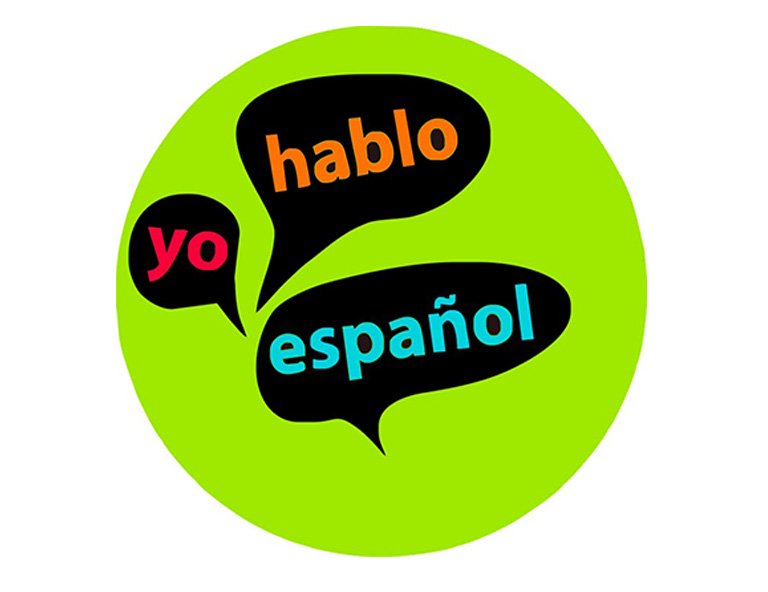Translators shifting away from in-house positions and offices has been exacerbated by the COVID-19 pandemic, with an unprecedented number of people working from home in a huge range of fields, looking likely to stay this way for quite some time. However, working from home can be a daunting prospect for many for a variety of reasons, so what should you do to make sure your working from home experience is successful?
Find the right space for your home office
Finding the right space for your home office is essential. A spare room at home is definitely a huge advantage as you can make the proper arrangements so that it perfectly fits your professional needs.
If you don’t have a spare room, you need to find a spot where you can set up your home office. It should be a place that is exclusively dedicated to working. For instance, it is not a good idea to use your kitchen table as your workplace as you will probably need to constantly remove your computer and papers from the table to have your meals.
It is also important to ensure that your home office provides you with the right space to have everything you need and that you have the space to move around as well. Remember that you’ll probably spend many hours in that room, and you need to feel comfortable in it to stay productive, while also looking professional in any possible Zoom calls.
Too noisy? Make your office as soundproof as possible
While working in an office can certainly be noisy at times, a home office is ultimately in your home and homes can often get very loud.
If you live with others, make sure that they respect that you are working and would appreciate a peaceful work environment. With young children, you should also make sure that they know your home office is not a play area. You can’t focus on your work and produce accurate translations if your kids are running around or somebody is playing loud music in the same room.
Installing double glazing or a thick curtain can also help to prevent annoying noises from outside your home.
Choose the right furniture
Having a productive home office isn’t just a question of making your home office look nice and fashionable. Since you’ll spend many hours there, it is of utmost importance that the furniture you choose is comfortable, ergonomic and that it provides you with the right space to store papers, your laptop, books, and any other materials you may require.
Of course, two of the most important pieces of furniture you’ll need to focus on are the desk and the chair. Your desk should be big enough to provide you with the right working space. It should have built-in drawers where you can keep important documents safe.
As translators often need to go back and forth from their laptops to their dictionaries or any other reference books, an L-shaped desk is usually best. This allows you to have an area for your computer, printer, and any other technical devices, as well as an area solely for your papers or books.
For your chair, remember that you’ll be spending many long hours sitting and working in it. It needs to be ergonomic, durable, and reliable. It has to provide you with the right support for your back, shoulders, and neck, have armrests in the right position and it should allow you to comfortably put your feet on the floor. Having a rolling chair is a good choice as it ends up being more useful than a stationary one.
Make sure to remember to stay active and consider using a standing desk or a yoga ball chair. It is also important to make your office space as safe as possible, such as by having an ergonomic mousepad and keyboard, as well as adjusting the brightness on your monitor. Poor office planning can often lead to injury, which could slow you down.
Tidy desk, tidy mind
Every now and then, you may find yourself so busy that you forget to clean up your desk. However, you should schedule a couple of minutes every day to arrange the papers you are not going to use any time soon.
Needless to say, it is important to have the correct storage space. Shelves are a great investment and, if you want to spice up your workplace a bit, you can add boxes that can be a great tool for storing away miscellany that could make your home office look messy if left out in the open.
Take technology into account
You can never have enough sockets in your home office. Your PC, fax machine, your mobile phone, printer, not to mention desk lamps or a small audio system to make your work sessions more enjoyable, can easily take up all the sockets available. Hire a good electrician to install as many sockets as you can and try to invest in a wireless printer, mouse, and keyboard.
If you don’t want your home office to be cluttered with cables, look around for some attractive solutions available in home depot stores. It is also essential to make sure that your internet connection is stable and reliable. If you have poor internet quality, consider changing providers, and also consider having a dongle or hotspot you can use in case of emergency.
It is also worth investing in replacing any outdated technology such as an old, slow laptop. The price to replace it is often worth getting rid of the annoyance of technology that doesn’t work.
Brighten up your space
Your home office doesn’t need to be a dark and boring space. Jazzing it up with a bit of personality is easy and something you should really do to make your home office a nicer and more productive place to be in. Add some plants, hang some nice pictures on a wall and make sure you invest in a nice lamp for your desk.
Use a dedicated phone for your home office
Working from home implies that you won’t have too many expenses. However, you should consider investing in a dedicated phone for your home business so that your clients can immediately reach you without your child, mother, or husband picking up the call in a way that could be less than professional.
Even though using a dedicated phone for your home business may seem like a huge investment, it is something you should seriously consider as it could have a huge positive impact on your business.
You can get a line with a VoIP provider or Skype; they use your internet connection and can be cheaper than traditional lines.

Ideas for your home office












